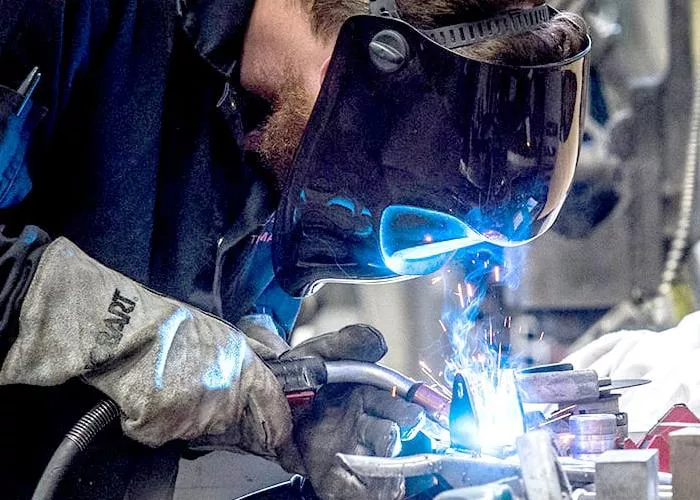Wärtsilä’s 25 four-stroke ammonia engine has demonstrated remarkable emissions reductions following extensive testing aligned with the FuelEU Maritime regulation. Results reveal that using a 95% ammonia energy mix can slash greenhouse gas (GHG) emissions by up to 90% compared to diesel engines of similar design—an 18% improvement over previous benchmarks.
Introduced in November 2023, the engine builds on Wärtsilä’s expertise with low-pressure dual-fuel LNG technology. The recent trials confirmed ammonia’s suitability as a fuel for the engine’s low-pressure Otto cycle design, chosen for its safety, efficiency, and reliability, according to Stefan Nysjö, Vice President of Power Supply at Wärtsilä Marine.
Testing across various engine sizes showed consistent efficiency on par with dual-fuel LNG engines, while ammonia’s combustion proved highly knock-resistant across a wide range of operating conditions. Wärtsilä has also enhanced the engine’s safety features and performance, underscoring its commitment to continuous technological advancement in support of maritime decarbonization.
The improved Wärtsilä 25 platform integrates the AmmoniaPac fuel gas supply, Wärtsilä Ammonia Release Mitigation System (WARMS), and Wärtsilä NOx Reducer (NOR) to optimize exhaust after-treatment. The upgraded performance will be incorporated into both future orders and engines already contracted, with initial deliveries expected from 2026.
Ammonia is gaining traction as a crucial alternative fuel for the shipping industry’s goal of net-zero emissions by 2050. Wärtsilä’s studies indicate that while fuel efficiency measures may reduce maritime emissions by up to 27%, green fuels like ammonia could address the remaining 73%, making them essential for achieving climate neutrality.
However, ammonia use is not without significant challenges. A February 2024 study from Sweden’s Chalmers University of Technology highlighted environmental concerns such as eutrophication, acidification, and emissions of nitrous oxide—a potent greenhouse gas. Additionally, producing electro-ammonia is energy-intensive, requiring substantial electricity input.
Safety remains a paramount concern, as ammonia is highly toxic, flammable, and prone to explosion risks, alongside issues with material compatibility in marine settings. Moreover, a widespread industry skills gap persists; Lloyd’s Register Maritime Decarbonisation Hub and the Mærsk Mc-Kinney Møller Center for Zero Carbon Shipping have noted that current training under the IMO’s STCW framework is insufficient to prepare seafarers for ammonia’s unique hazards.
With nearly 800,000 maritime workers needing upskilling, addressing training and safety is critical as the industry moves toward adopting ammonia-powered propulsion systems.
Wärtsilä’s advancements mark a pivotal step toward greener maritime technology, even as the sector grapples with the complexities of deploying ammonia fuel safely and sustainably.

